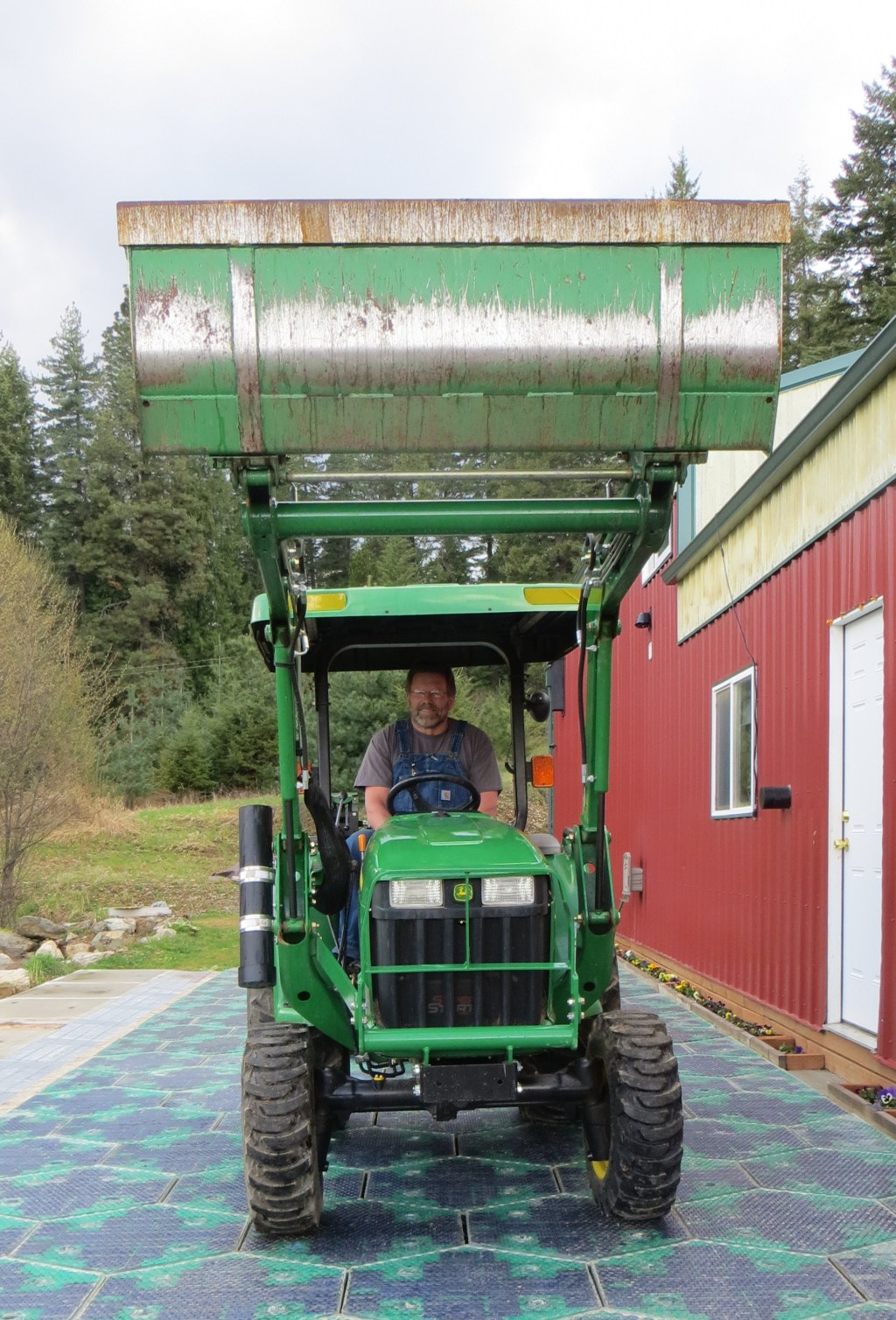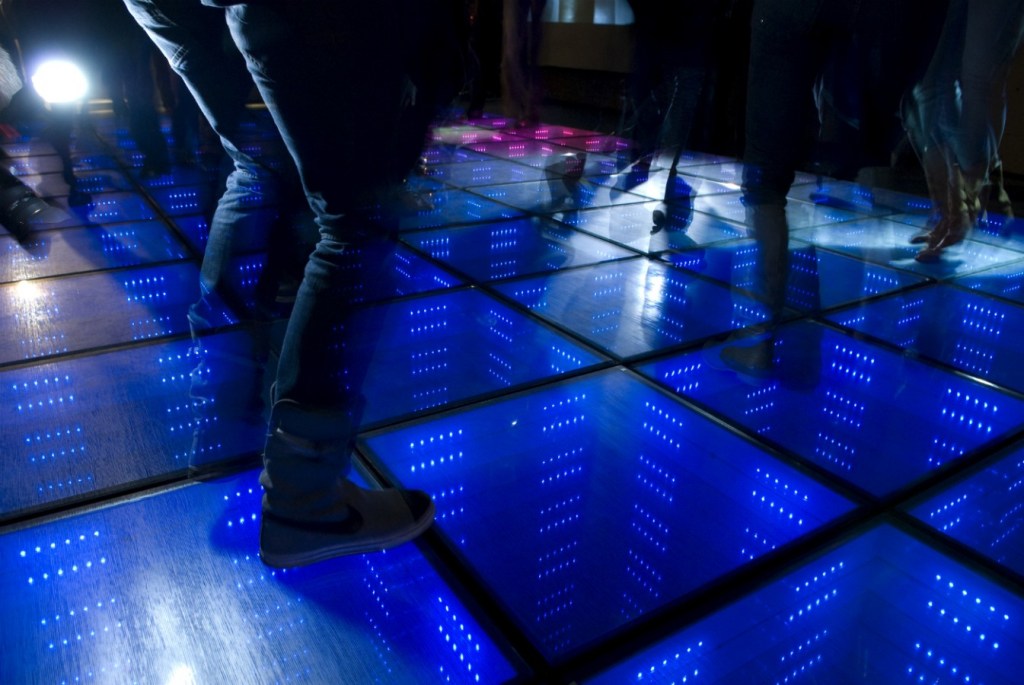Solar Roadways
Fast Lane to the Future
If you ever played with electric slot cars as a kid, this idea may resonate. An inventive couple has reimagined the world’s roads as the source of solar/electric power for vehicles. Think the idea is out there? Read on to find out what they’ve envisioned. With global warming in mind, Scott Brusaw (right, driving a […]

